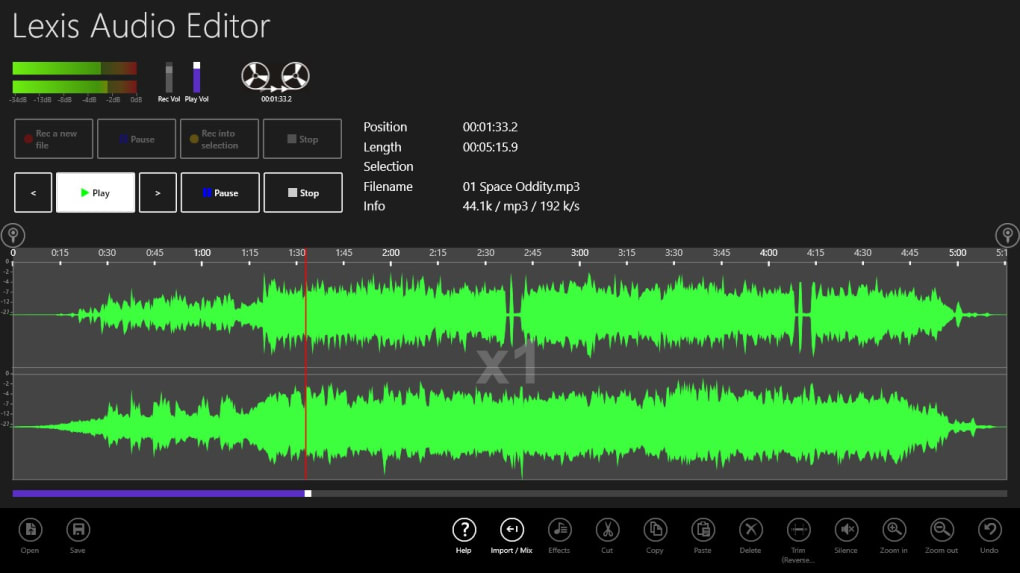
Consider now or later doing the Clean Install in this link which compiles the best possible install that will stay that way as long as you stick with the tools and methods given. This solves many problems and will also bring it up to the latest version which you need anyway and by the most stable method.īut remember that in Windows 10 everything depends upon the quality of the install, and Factory or Upgrade installs are inferior installs which most enthusiasts won't even run because they'd expect endless issues. If nothing else helps you can run a Repair Install by installing the Media Creation Tool and choosing from it to Upgrade Now. Make sure you have the latest BIOS or UEFI firmware, Chipset, Display (Video), Sound, USB3, Bluetooth, Network and all other drivers, or else download and install the latest now.

Compare the latest drivers available for download with the ones presently installed in Device Manager reached by right clicking the Start Menu. Update your drivers from the PC maker's Support Downloads web page, using the full model number, Serial Number or Dell Service Tag on sticker. Then continue with the other steps to go over your install most thoroughly. Start with Step 4 to turn off Startup freeloaders which can conflict and cause issues, then Step 7 to check for infection the most thorough way, then step 10 to check for damaged System Files. If you have broader performance issues go over this checklist to make sure the install is set up correctly, optimized for best performance, and any needed repairs get done.

If that's not enough then reinstall it from Option Two here.

OK, then Reset the Photos app at Settings > Apps > Apps & Features > Photos app > Advanced Options > Reset.


 0 kommentar(er)
0 kommentar(er)
